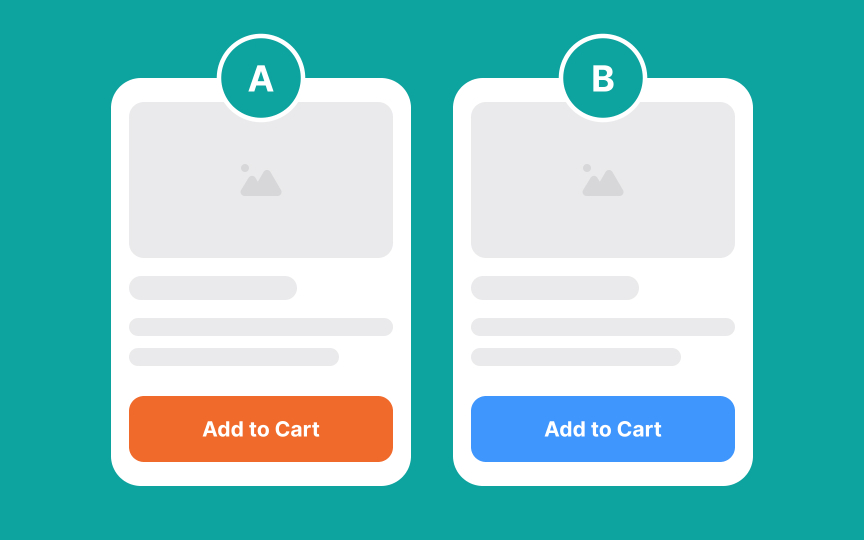Test hypothesis creation
A/B testing compares two versions of a product to determine which performs better against specific goals. Converting this testing approach into actionable experiments requires a well-structured hypothesis that predict measurable outcomes. This hypothesis connects a specific change to an expected outcome using a simple format: "By changing X to Y, we expect Z to happen because [reason]." This structure ensures every test has clear success metrics and reasoning.
Take an e-commerce product page for example. A hypothesis here could be, "By moving product reviews above the description, we expect a 10% increase in add-to-cart rate because customers will see social proof earlier in their decision process." This identifies the change (review placement), the metric (add-to-cart rate), and the reasoning (earlier access to social proof). Unlike vague statements like "let's test different review layouts," this format creates actionable tests. Setting numerical targets (10% increase) predicts both the direction and magnitude of improvement, making test results easier to evaluate.

